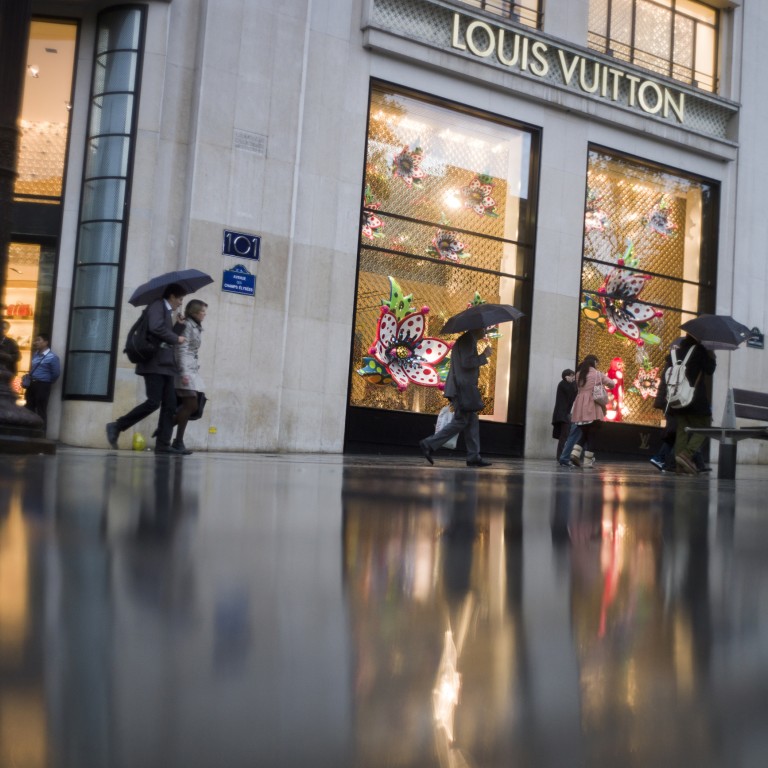
Are labels ready for changing expectations of luxury shoppers?
This time next week I'll be in Italy, and a rather fashion-obsessed friend of mine from Hong Kong has booked me for a day of shopping in Rome. Reluctantly, I've agreed.
This time next week I'll be in Italy, and a rather fashion-obsessed friend of mine from Hong Kong has booked me for a day of shopping in Rome. Reluctantly, I've agreed. She loves the whole experience, trying everything on, the tissue paper and boxes with ribbons, the whole shebang. I like to get in (preferably an empty store), browse with no interference, then get out, in minimal time.
Shopping in European luxury boutiques has changed for Chinese customers. I remember much snootiness whenever I accompanied a wealthy, older family friend into Bond Strret stores in London. But that was 10 years ago. Since then the luxury landscape has changed.
Anyone who has been to Galeries Lafayette or Louis Vuitton in central Paris will know what I'm talking about. Customers are mostly Chinese and out to buy big. Sales staff are rushing, often annoyed but still attentive. The crowds are big and long lines form outside.
In European luxury boutiques, the assumption is that we're all little emperors desperate to drop our parent's dollars for the tackiest item with the most shiny bits.
Brands will have to offer more incentives to keep pulling in Chinese buyers
Of course, there is some logic to this. Like any nouveau riche group, Chinese tourists mostly favour bling, monograms and the most obvious branded models. It's Thornstein Veblen's conspicuous consumption at full throttle.
But Chinese tastes and habits are changing, and the question is how European brands will adapt.
Recently, the published a story on how the leadership crackdown on gift giving and officials wearing expensive watches had slowed luxury sales.
The mainland's expanding middle class has more affordable fashion tastes. The Chinese buyer is maturing and diversifying. The status quo is changing. These small changes can affect business in a big way.
The popularity of Chanel, LV and Gucci will continue but tourists will buy more diversely. Céline, Saint Laurent, Tod's and Givenchy are already very popular - and all are known for discrete labelling and sophistication. More affordable brands are likely to get in on the action, too, as cultural forces in China start to look down on the rush for big foreign gold.
China's first lady Peng Liyuan has led the way with discrete, home-grown fashion labels.
Hopefully, those big stores that my friend wants to visit will eventually become less crowded. Brands will have to offer more incentives to keep pulling in Chinese buyers. It will be interesting to see who can adapt and who is left behind.
Maybe we'll even see the end of queues outside these stores - they aren't nightclubs, after all. And perhaps more people will come round to my way of thinking - that if I'm planning to spend a bundle of money in a store, I won't be in the mood to do so after half an hour of waiting outside. And maybe tourists will decide there's more to Rome or Paris than shopping. Maybe they'll take in a sight or two, see the world-class museums and historical sites, go to a concert and sample the nightlife. We can but dream.

